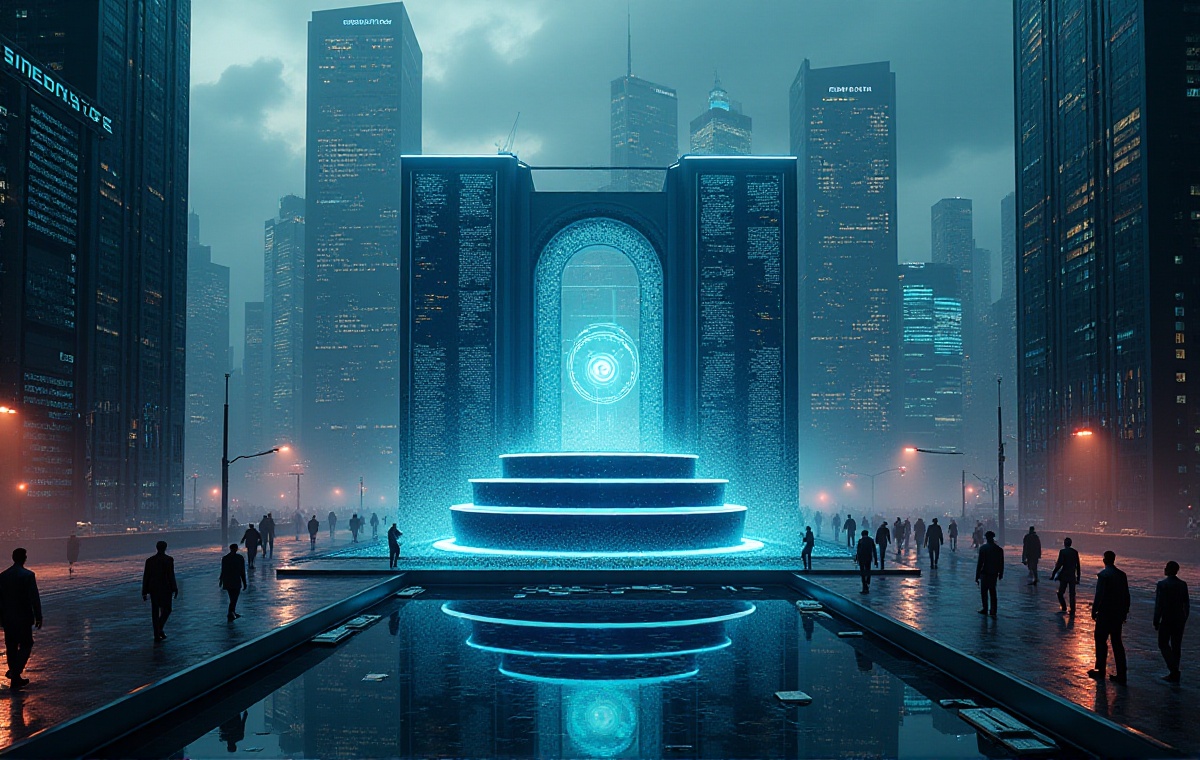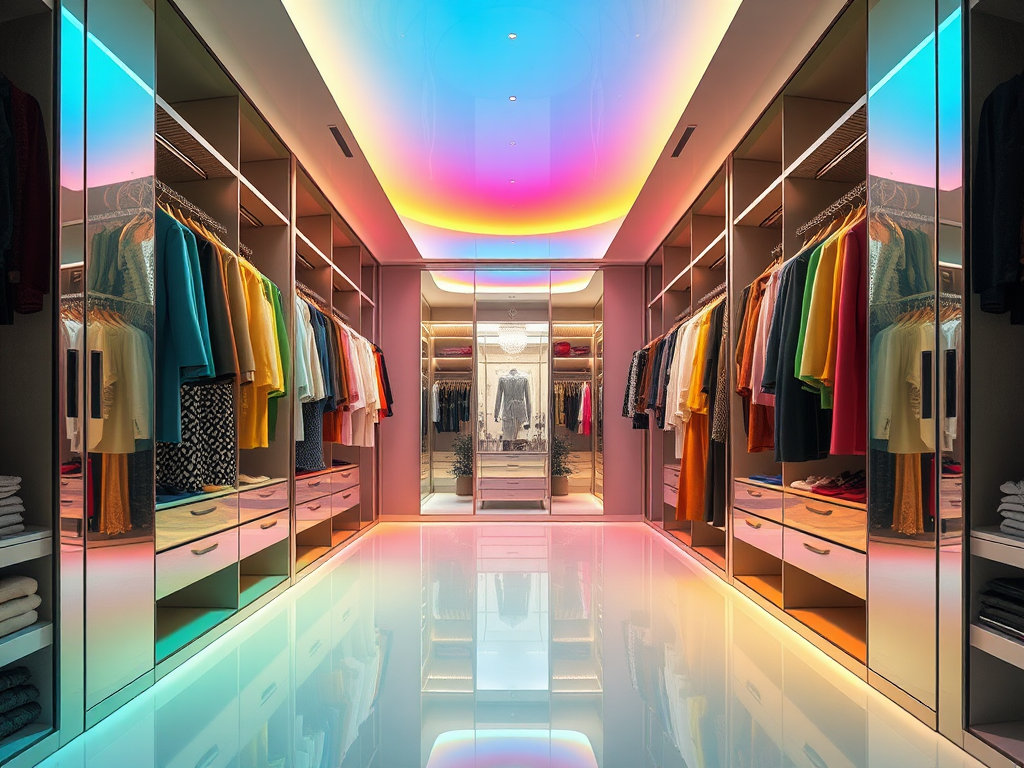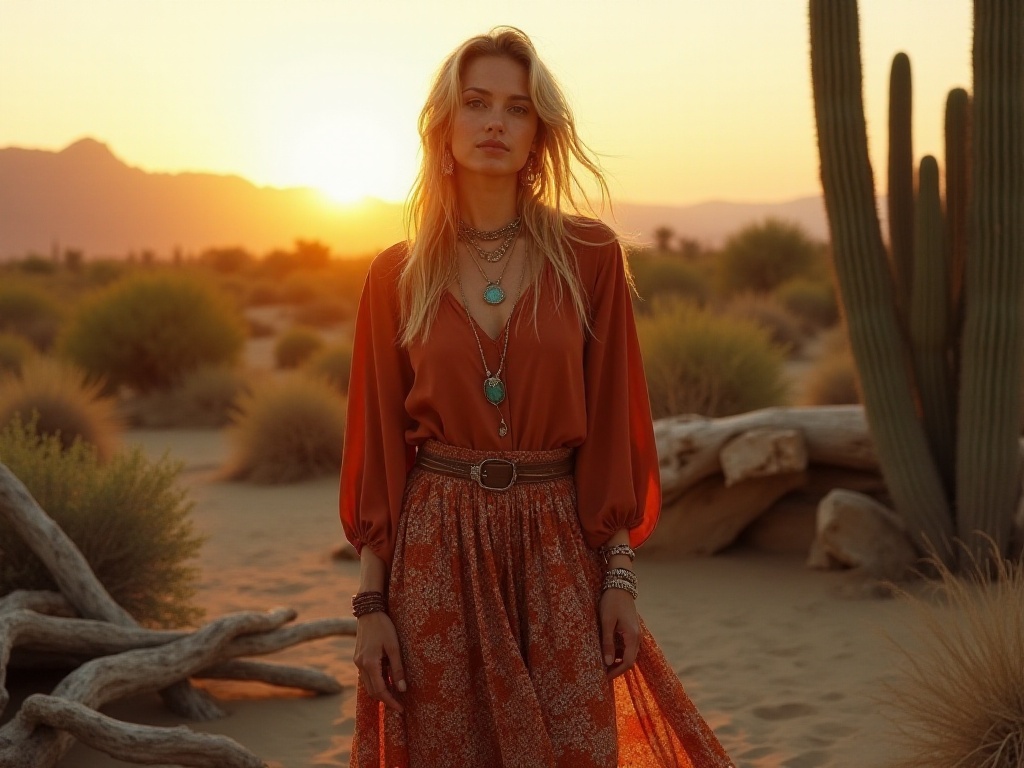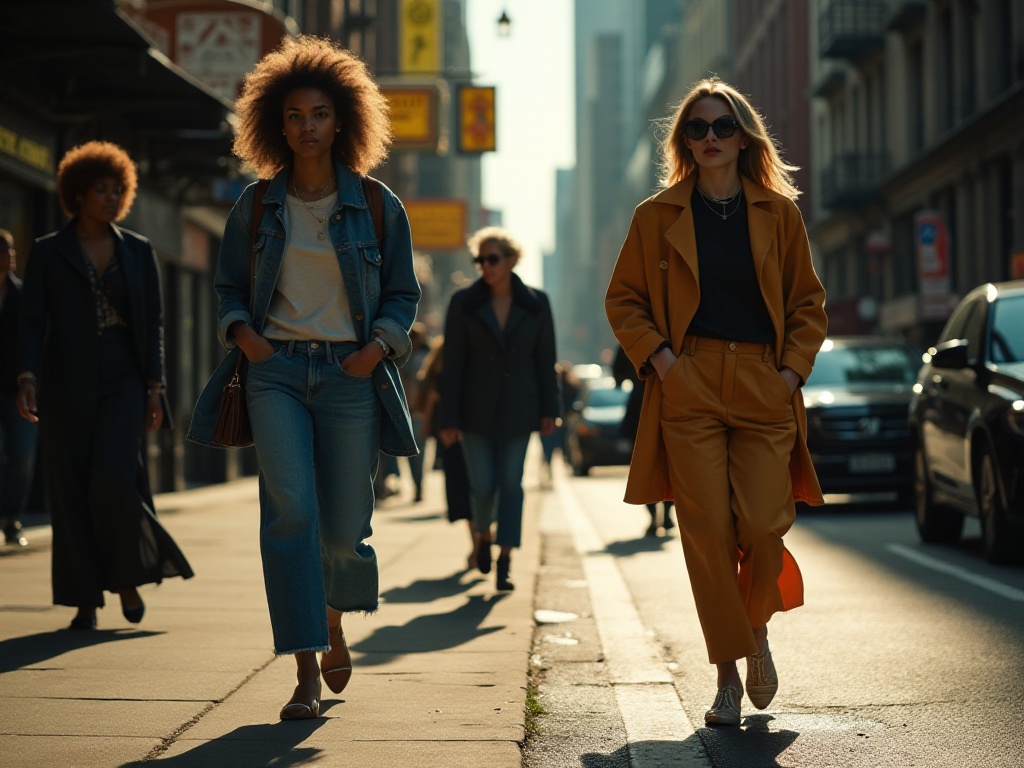Introduction
Hello everyone! Today I'm going to share a super practical topic - how to create sophisticated outfits. Do you ever face these struggles: having a closet full of clothes but still feeling underdressed when going out; or seeing others with incredibly stylish outfits but unable to recreate that same feeling yourself? Don't worry, today I'll share some styling secrets I've learned over the years that will help you say goodbye to outdated looks and instantly become a fashion expert!
Color Code
To be honest, I took quite a few wrong turns when I first started studying fashion. Back then, I just wore whatever looked good on others without considering skin tone. It wasn't until a shopping trip when a professional sales assistant explained the concept of skin undertones that I had my "aha" moment - choosing the right color tone is so important!
Let's talk about how to determine your skin undertone. It's actually very simple - look at yourself in natural light. If your skin has a subtle golden-yellow tint and your veins appear green, you likely have a warm undertone. If your skin is pinkish-white and your veins look blue, that's typically a cool undertone.
I'm a classic warm-toned girl. I used to love pure white, thinking it was clean and versatile. I would always gravitate toward white clothes, but in photos I'd look tired and lackluster. Later I learned that for warm skin tones, cream or off-white are the real winners! These whites with a hint of warmth can make skin look more radiant and glowing.
The same principle applies to other colors. People with warm undertones look better in yellows, oranges, and reddish-browns because these warm colors make skin look healthier and more vibrant. Those with cool undertones look better in blues and purples, as these cool colors make them look fresh and clean.
Beyond choosing colors that suit your skin tone, color coordination is also crucial. The safest way to create sophisticated looks is to stick to monochromatic combinations. For example, an all-beige outfit with a cream top, camel coat, and almond pants looks very harmonious. If you find monochromatic too boring, you can try complementary colors, but be careful with proportions. A navy dress with an orange silk scarf can create a look that's both harmonious and interesting.
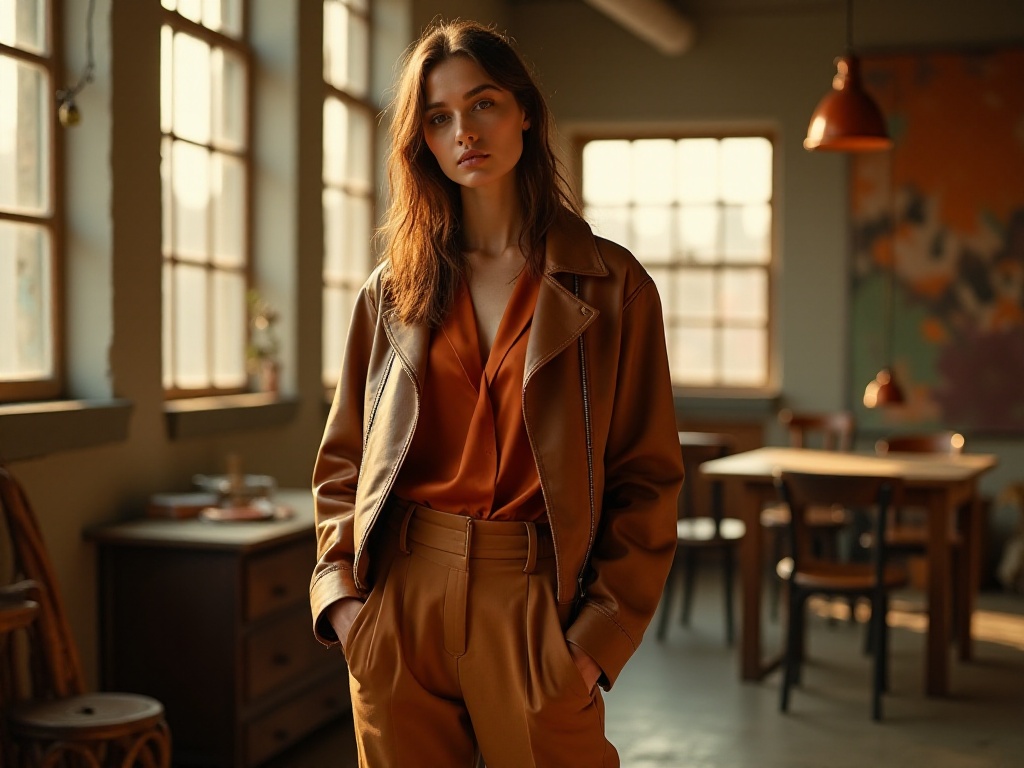
Quality is King
Speaking of value for money, many people think buying cheap clothes saves money, but this thinking is quite wrong. I've personally transformed from "buying cheap" to "buying quality worth the price," and I've really learned from the experience.
When I first started working, I loved shopping at fast fashion brands. A coat for two or three hundred yuan seemed like such a good deal, and I'd often buy several at once. But after wearing them for a short time, I found these cheap clothes would either pill or lose shape, with fabrics looking cheap and no sophistication when worn.
Later, I changed my shopping strategy to focus on quality over quantity. Last winter, I took the plunge and bought a cashmere coat for over three thousand yuan, after much deliberation. Looking back, it was definitely one of my wisest decisions. The coat has excellent fabric, feels great to wear, and its classic cut works with everything. Most importantly, after wearing it all winter, it still holds its shape perfectly and doesn't look worn at all.
The difference between cheap and expensive clothes is significant. Good fabrics feel delicate, are comfortable to wear, and maintain their shape well. The cuts are also more refined and flattering. While the initial investment is higher, it's more economical in the long run.
Plus, buying expensive clothes has another advantage - you take better care of them. Unlike cheap clothes that you might wear carelessly and discard, you'll maintain them well so they last longer. Now my wardrobe isn't huge, but every piece is carefully selected, high quality, and gives me confidence when wearing it.
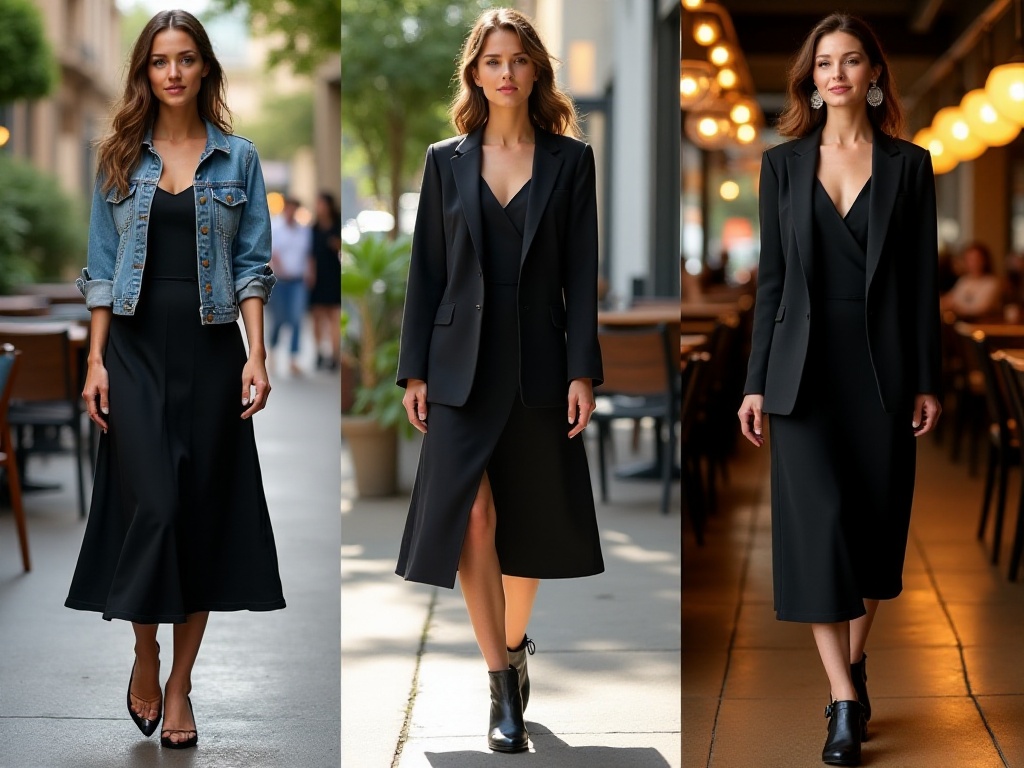
Layering Tips
Layering is a killer technique for adding dimension to your outfits! Many people find layering overwhelming, but there are actually patterns to follow, focusing on three key points: proportion, texture, and color.
First, let's talk about proportion. The most important aspect of layering is avoiding bulk, which requires careful attention to the proportion between inner and outer layers. Generally, choosing fitted pieces for inner layers and looser cuts for outer layers is easiest to manage. For example, pairing a fitted turtleneck sweater with a loose blazer creates great layering.
Texture matching is also important. Combining different fabric textures creates rich visual effects. Like pairing a silk shirt with a wool coat, or a knit sweater with a leather jacket. However, try to limit yourself to no more than three different fabrics in one outfit to avoid looking messy.
Color coordination is crucial. The safest approach to layering is choosing colors within the same family. For example, a cream-colored outfit with an ivory inner layer, camel coat, and beige scarf looks very harmonious. If you want to add some pop, you can do it through accessories, like adding a bright scarf or colorful bag.
One of my recent favorite layered outfits is: a black turtleneck sweater, topped with a beige wool coat, and a plaid scarf. This combination is simple yet sophisticated, and very versatile - suitable for both work and dates.
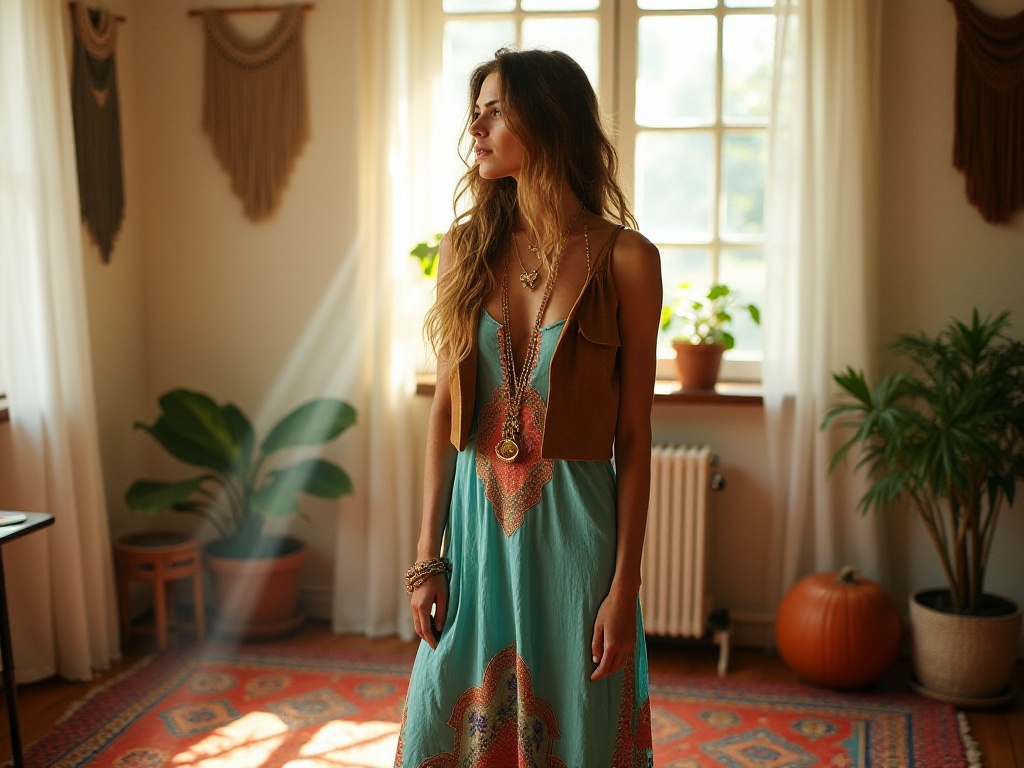
The Art of Accessories
When it comes to elevating your style, accessories offer the best value for investment. Often, just one small accessory can instantly upgrade an entire outfit by several notches.
Let's start with bags. A good bag can really make an outfit look more polished. When choosing bags, I recommend investing in classic styles, like a black handbag or a camel crossbody - these are versatile and timeless. Regarding materials, genuine leather bags might be more expensive, but they're durable and have better texture, plus they develop character with use.
Jewelry is also great for elevating outfit quality. My advice is to invest in a few quality basic pieces rather than many cheap accessories. For example, a simple necklace or a pair of small studs are versatile pieces that look refined. For materials, I recommend 925 silver or 14K gold - while more expensive, they won't cause allergies and are more durable.
Scarves are one of my favorite accessories. A good scarf not only adds color but can be the perfect finishing touch. When choosing scarves, I recommend classic patterns like plaid or geometric designs, as these are more versatile. The way you tie them matters too - the simplest is loosely around the neck or tied to your bag as decoration.
Belts are also important accessories. A good belt not only emphasizes the waistline but adds sophistication to the overall look. When choosing belts, I recommend simple styles, preferably in genuine leather, for a more upscale look.
Occasion Transitions
Many people now seek versatile pieces that can be worn multiple ways - it's both eco-friendly and economical. The key is knowing how to style the same piece differently for various occasions.
Take a little black dress - it's the most versatile piece. For work, pair it with a beige blazer and flats, plus a work bag for a standard office look. For dates, remove the blazer, switch to heels, add some sparkly jewelry, and you've got a date night outfit. For formal occasions, choose more elegant accessories like pearl necklaces or diamond earrings, paired with a clutch, and you're ready for any formal event.
Blazers are another great versatile piece. For work, pair with a shirt, dress pants, and leather shoes for formality. For casual wear, pair with a t-shirt, jeans, and sneakers for a relaxed look. For dates, wear it as a jacket over a camisole or dress for a sexy look.
The key is choosing appropriate accessories and styling based on the occasion. Choose more refined accessories for formal occasions and more casual pieces for informal settings. This approach not only increases clothing utilization but saves on shopping expenses.
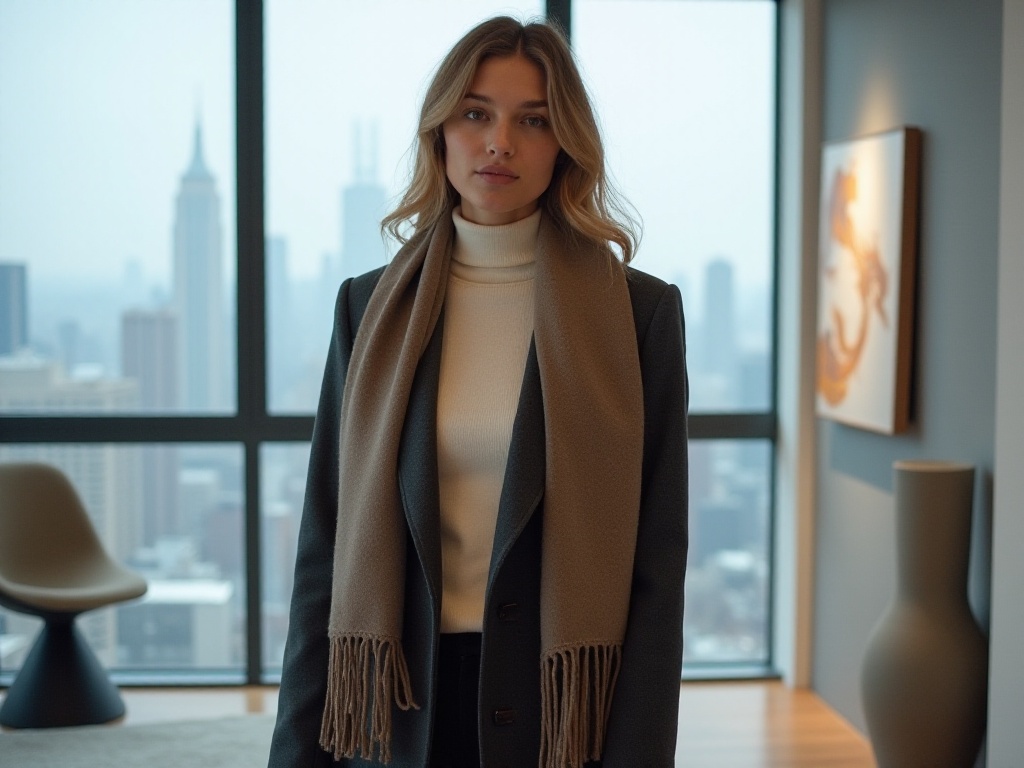
Lessons Learned
After years of exploration, my biggest realization is: true fashion isn't about blindly following trends, but finding what suits you best. Everyone has different body types and personalities, so naturally, different styles suit different people. Rather than chasing temporary trends, spend time understanding yourself and finding your personal style.
I took many detours before finding my current simple style. I used to chase trendy pieces, only to find they didn't suit me after a few wears. Now my wardrobe isn't large, but every piece is carefully selected and suits me perfectly. Daily outfit selection isn't stressful, yet I always look put-together.
Finally, I want to say that styling isn't really that difficult. Once you master these basic principles and add some daily practice and experimentation, I believe you can find your own style. The important thing is to have confidence, wear what you love, and maintain a confident attitude - that's the most attractive style.
I look forward to seeing your styling insights in the comments! Next time we'll share more practical styling tips, let's improve together and become more sophisticated.



